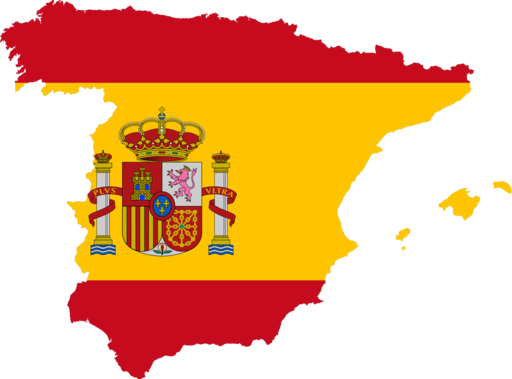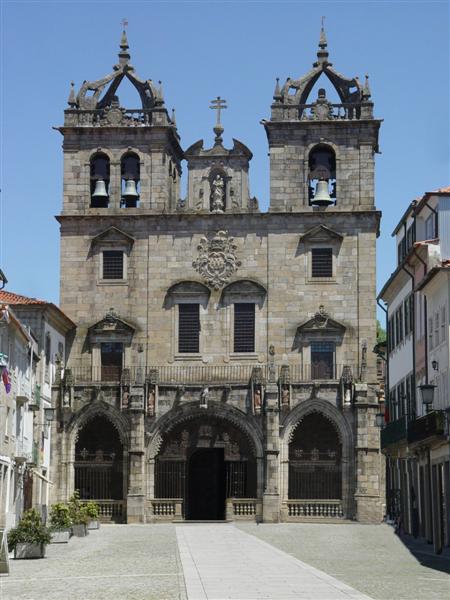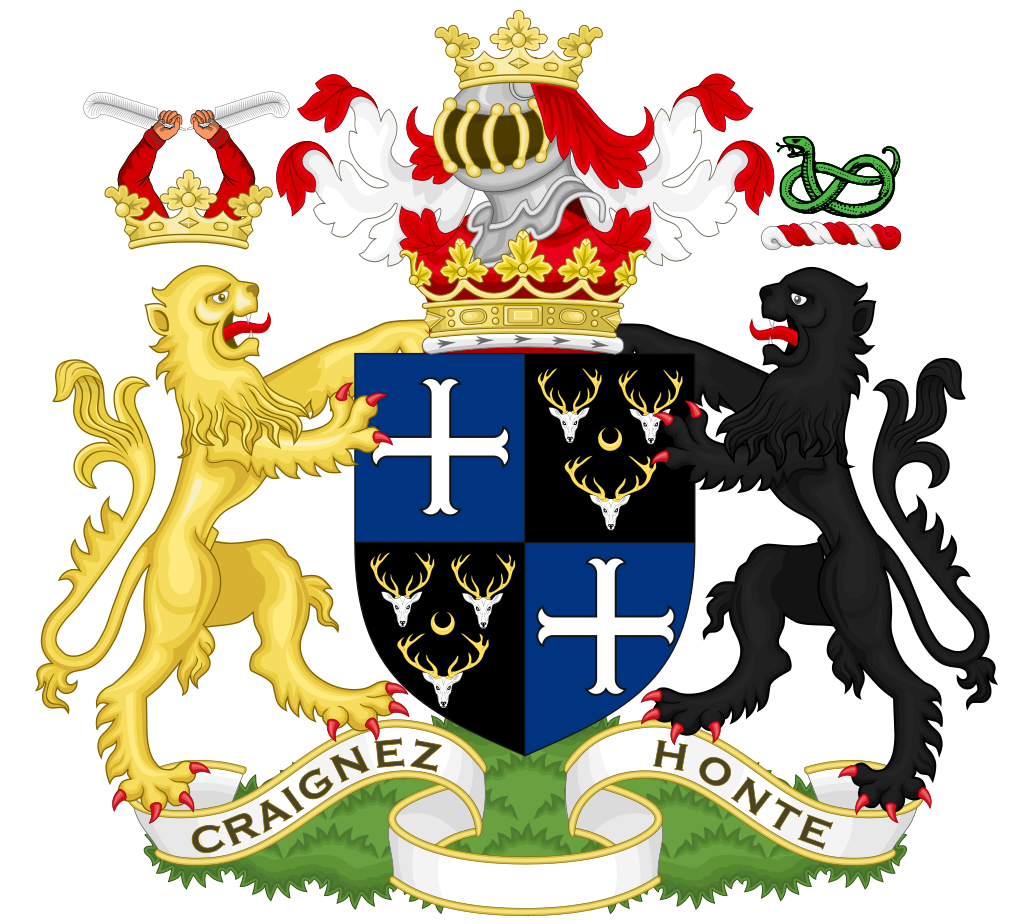Here is Oxford there is currently a proposal to erect a monument, consisting of a clenched fist holding a star, as a memorial to Oxfordshire volunteers in the International Brigade in the Spanish Civil War of 1936-39. The proposed site is close to the War Memorial on St Giles in the city centre. This is close to a number of Catholic churches and houses of study. Given the terrible persecution of the Church by the Second Spanish Republic this is, to say the least, insensitive to Catholics. Placing it close to the memorial to British war dead from the two World Wars is also highly contentious.
In response to a letter in The Oxford Times I was moved to write as follows to that journal:
Dear Sir,
Colin Carritt's vicious attack on the Catholic Church in Spain (letters 10th March) reads like a rant by an old-fashioned Orangeman. He suggests the Church brought persecution on herself because of her opposition to Soviet-inspired regimes. Does he really think that it is acceptable to commit slaughter simply because someone has an opposing political view? Certainly that is what the governments of the Soviet Union and Mexico thought - and these two blood-stained states were the only ones to support the Republicans in the Spanish Civil War.
What does Mr Carritt think the Church did to merit the horrific desecration of church buildings, and the wholesale killing of priests and religious? Was it clothing the poor, running orphanages, hospitals and schools and feeding the hungry that justified crucifying priests and seminarians? Was it running workers' cooperatives in his diocese that made the Oratorian bishop of Lerida, Blessed Salvio Huix, so offensive that he had to be shot through the hand, while he carried on absolving the twenty other of his diocesan priests who were martyred with him? Another 250 priests were killed merely for being clergy in his diocese alone. Was it for being a catechist for his fellow gypsies that required another victim to swallow his rosary before he was shot?
As early as 1933 Pope Pius XI wrote an encyclical imploring the Spanish Republic to rethink its harsh laws outlawing religious education, confiscating sacred objects, banning religious processions, and forbidding prayers in cemeteries. If this Pope, whose anti-fascist and anti-Nazi credentials are second to none, saw through the bogus claims of the Spanish Republic to be liberal and democratic, why cannot Mr Carritt bring himself to deplore its actions? Why does he have to blame the Church for being attacked?
Mr Carritt and his friends might possibly be able to make a better case for the memorial to the International Brigades if they were first to accept the historic reality and condemn the brutality committed by the Republican side. Nobody doubts that the Nationalists killed many of their fellow Spaniards in circumstances that were also horrific. Such was, and tragically remains,the nature of civil wars. We should deplore all of these killings without reservation, and, indeed, condemn them.
However we do not need Oxford to have a one-sided memorial that perpetuates the terrible hatreds of the 1930s. In contrast Spain itself has successfully pursued national reconciliation since 1975 by eschewing past hatreds and looking to shared values and the future.
Yours faithfully,
John Whitehead

Republican militia men desecrating a Madrid church in 1936
Image: es.wikipedia
I was contacted by the The Oxford Times to say that they have a 300 word limit for letters, so out came the online equivalent of the the blue pencil to produce:
Dear Sir,
Colin Carritt's attack on the Catholic Church in Spain (letters 10th March) is bizarre. He suggests the Church brought persecution on herself because of her opposition to the Republican regime. Does he really think that it is acceptable to slaughter those who hold opposing political views?
What does Mr Carritt think merited the horrific desecration of church buildings, and the wholesale killing of priests and religious? Was it clothing the poor, running orphanages, hospitals and schools and feeding the hungry that justified crucifying priests and seminarians? Was it running workers' cooperatives in his diocese that made Bishop Salvio Huix of Lerida so offensive that he was shot after absolving twenty of his priests who were martyred with him? 270 priests were killed merely for being clergy in his diocese alone. Was it for being a catechist for his fellow gypsies that required another victim to swallow his rosary before he was shot?
As early as 1933 Pope Pius XI wrote an encyclical imploring the Spanish Republic to rethink its laws outlawing religious education, confiscating sacred objects, banning religious processions, and forbidding prayers in cemeteries. That Pope, whose anti-fascist and anti-Nazi credentials are second to none, saw through the bogus claims of the Spanish Republic to be liberal and democratic, but Mr Carritt cannot bring himself to deplore its crimes.
Mr Carritt and others should accept the historic reality and condemn the brutality committed by the Republicans. Both they and the Nationalists killed many of their fellow Spaniards in dreadful circumstances. We should deplore all of these killings without reservation.
Oxford does not need to have a memorial perpetuating the terrible hatreds of the 1930s. In contrast Spain itself has successfully pursued national reconciliation since 1975, eschewing past hatreds and looking to a shared future.
Yours faithfully,
John Whitehead
This letter, together with some others making similar points, appeared in today's Oxford Times.

Image:Zenit
For some background information on this terrible period in the history of the church in Spain see the following Wikipedia articles Red Terror (Spain), Martyrs of the Spanish Civil War and Catholicism in the Second Spanish Republic
Addendum April 25th:
I heard today that Oxford City Council, whilst accepting the case in principle for the memorial, have acepted the points made by many of us as to its unsuitability on St Giles. The City Council therefore has suggested a site on the other side of the city centre at the foot of Headington Hill.
Addendum April 25th:
I heard today that Oxford City Council, whilst accepting the case in principle for the memorial, have acepted the points made by many of us as to its unsuitability on St Giles. The City Council therefore has suggested a site on the other side of the city centre at the foot of Headington Hill.








